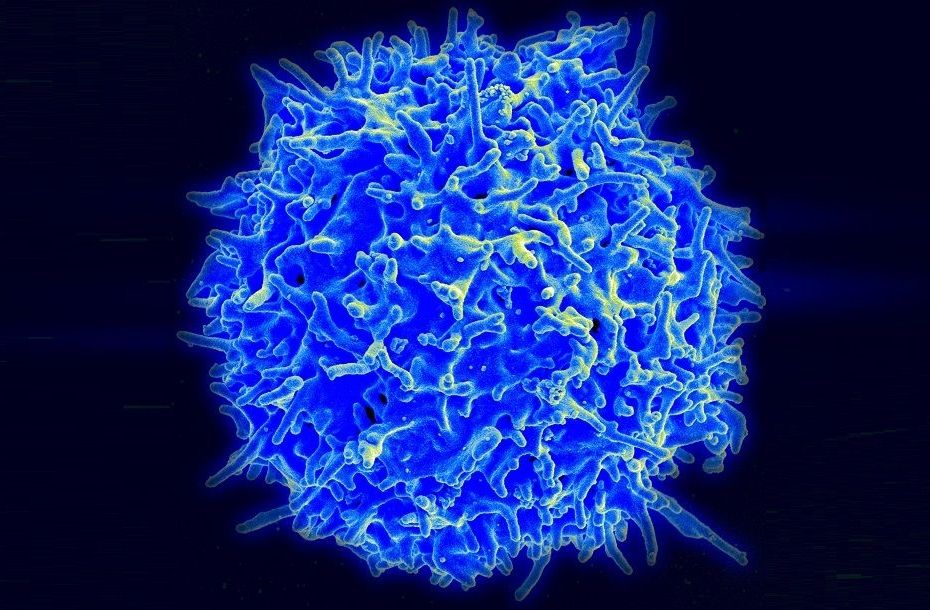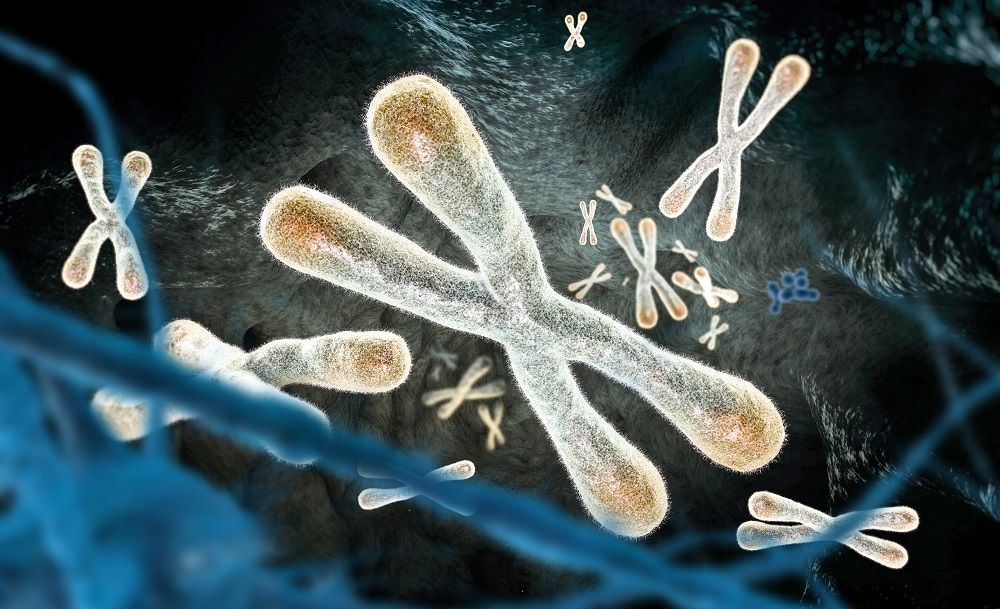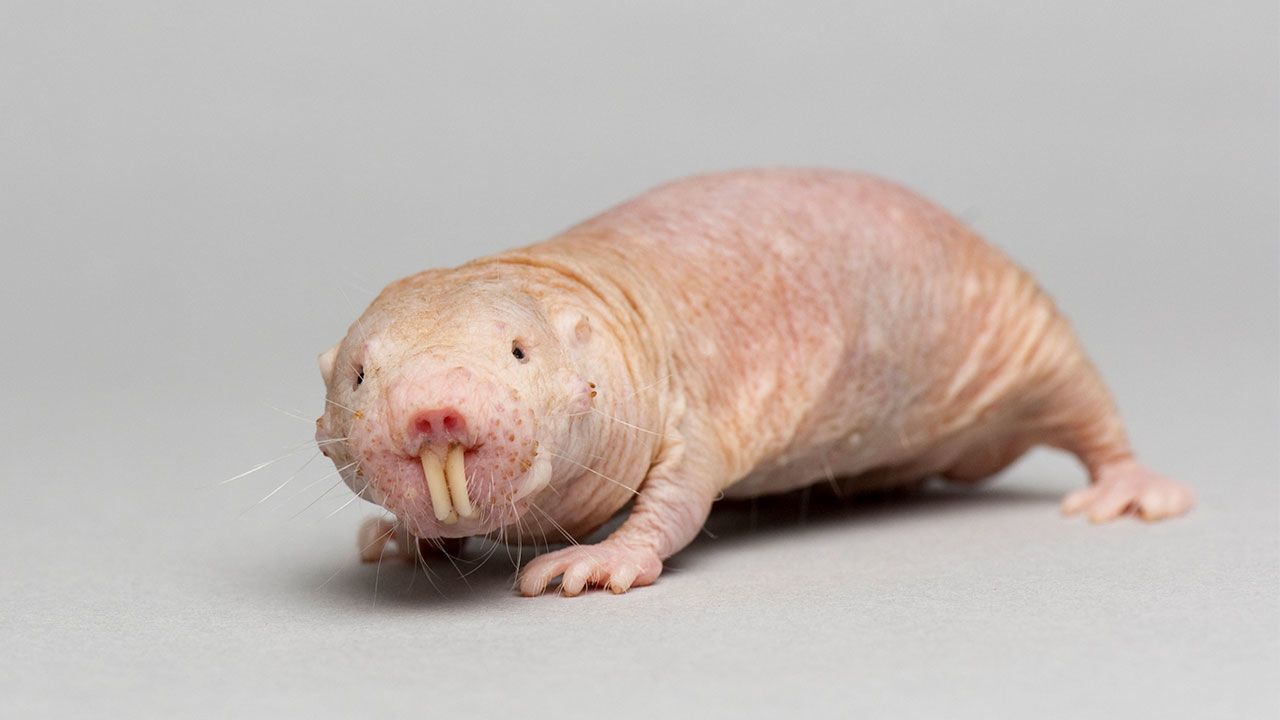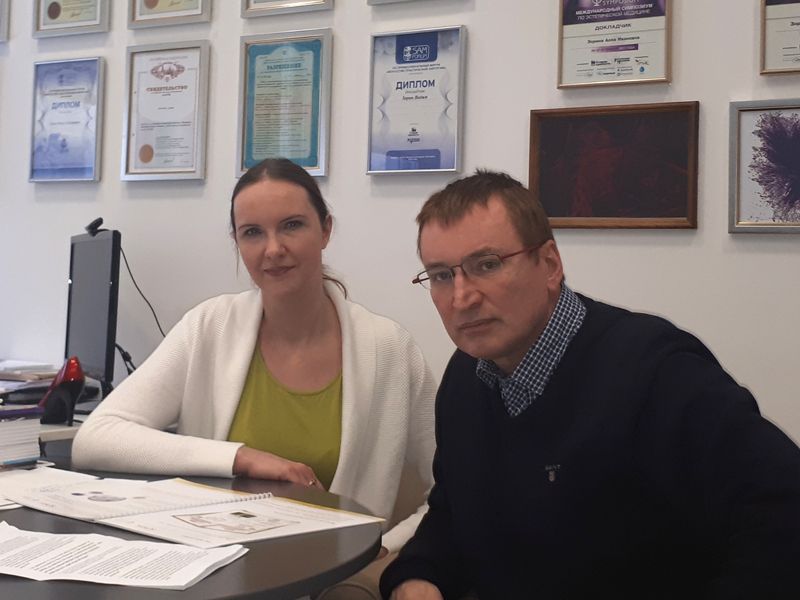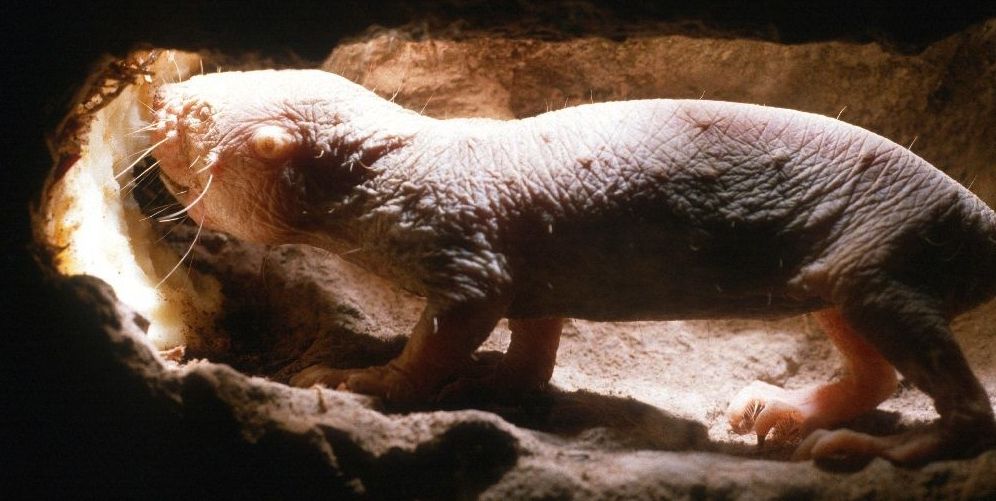Idiopathic pulmonary fibrosis is a disease associated with critically short telomeres, and it currently lacks a reliable and effective treatment. Researchers at the Telomere and Telomerase Group at the Spanish National Cancer Research Centre (CNIO) have cured the disease in mice using telomerase therapy to lengthen short telomeres.
A proof of concept for an effective treatment against pulmonary fibrosis
The authors of this study have stated that this is a “proof of concept that telomerase activation represents an effective treatment against pulmonary fibrosis” in their publication[1].


